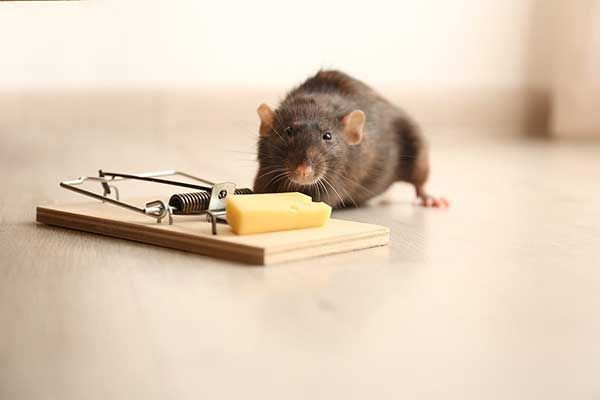
Rodent Removal Program
The Rodent Pros Offer rodent trapping, rodent removal, rodent exclusion, rodent sanitation and rodent remediation services to all cities within a 50 miles radius of Tampa Florida.
To Call and schedule a free inspection click here
At TheRodentPros our rodent removal programs
continue until all rodents are removed
from the home. If the trapping program
exceeds the projected time the customer
will not be charged any additional costs.
Rodent removal is an essential practice for maintaining a safe and healthy home environment. Rodents, including rats and mice, can cause significant health issues, property damage, and overall discomfort for residents. Effective rodent removal involves understanding rodent behavior, selecting the right traps, and implementing them correctly. This essay will explore various aspects of residential rodent trapping, including the types of traps available, best practices for setting traps, and additional tips for ensuring success.
Understanding Rodent Removal
Rodents are nocturnal creatures that are highly adaptable to different environments. They seek food, water, and shelter, which makes homes an attractive option. Identifying signs of rodent activity is the first step in effective trapping. Common signs include droppings, gnaw marks, nesting materials, and grease marks along walls and baseboards. Understanding these signs helps determine where to place traps for maximum effectiveness.
Types of Rodent Traps
Several types of rodent traps are available, each with its advantages and disadvantages. The most common types include:
- Snap Traps:
- Description: Snap traps are the traditional type of rodent removal. They consist of a spring-loaded bar that snaps shut when the rodent triggers the mechanism by taking the bait.
- Advantages: They are inexpensive, reusable, and effective at killing rodents quickly.
- Disadvantages: Snap traps require careful placement to avoid injury to pets or children and may cause a mess that needs to be cleaned up.
- Glue Traps:
- Description: Glue traps consist of a sticky adhesive surface that traps rodents when they walk across it.
- Advantages: They are easy to use and inexpensive.
- Disadvantages: Glue traps do not kill the rodent immediately, which can be considered inhumane. They can also catch non-target animals and require careful disposal.
- Electronic Traps:
- Description: These traps use a high-voltage shock to kill rodents instantly. The rodent enters the trap to reach the bait and is electrocuted.
- Advantages: They are quick, humane, and easy to clean up. Some models offer a no-touch disposal.
- Disadvantages: Electronic traps are more expensive than other types and require batteries.
- Live Traps:
- Description: Live traps capture rodents without killing them. They typically consist of a cage with a one-way door that closes when the rodent enters.
- Advantages: These traps are humane, allowing for the release of the rodent far from the home.
- Disadvantages: Live traps require the relocation of the captured rodent, which can be time-consuming and may not be legal in all areas.
Best Practices for Rodent Removal
Effective rodent removal requires strategic placement and proper baiting. Here are some best practices:
- Placement:
- Identify High-Activity Areas: Place traps where you have seen signs of rodent activity, such as along walls, behind appliances, and in dark corners.
- Avoid Open Spaces: Rodents prefer to travel along walls and avoid open spaces. Placing traps along these travel paths increases the likelihood of capture.
- Multiple Traps: Using multiple traps increases your chances of catching rodents, especially in areas with high activity.
- Baiting:
- Effective Baits: Common baits include peanut butter, chocolate, dried fruit, and bacon. The bait should be securely attached to the trap mechanism to ensure the rodent triggers it.
- Minimal Handling: Use gloves when handling traps and bait to avoid transferring human scent, which can deter rodents.
- Maintenance and Monitoring:
- Regular Checks: Check traps regularly to remove captured rodents and reset or replace traps as needed.
- Clean and Reuse: Clean reusable traps with a disinfectant to remove scent and increase effectiveness.

